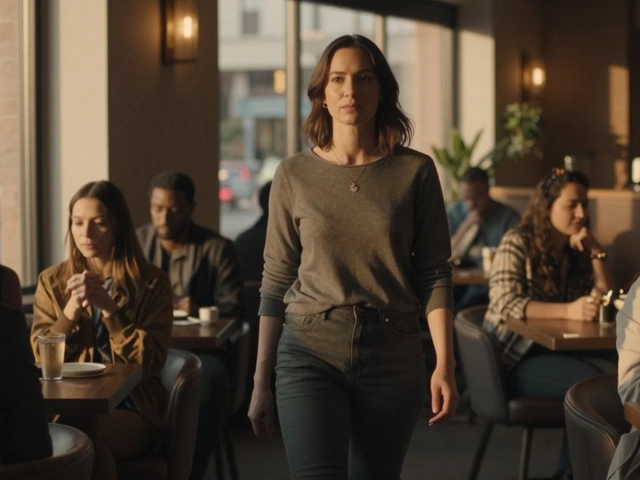Bicycle Route Mapping Guides: Decoding Google Maps Bike Markings
Ever opened Google Maps for a ride and felt confused by the colored lines? You’re not alone. The app now shows bike routes using a set of simple symbols, but they can look cryptic at first glance. This guide breaks down each line type so you can pick the safest, fastest path without second‑guessing.
What the Colors Mean
Google Maps uses two main colors for cyclists: green and blue. Green dotted lines signal the most bike‑friendly routes. They usually follow quieter streets, dedicated bike lanes, or off‑road paths. Blue dashed lines are the opposite – they point to routes with higher traffic, fewer bike facilities, or steep climbs. When you see a green line, think “go ahead”; a blue line means you might want to consider an alternative.
Special Green Variations
Not all green lines are the same. A solid green line means there’s a dedicated bike lane or a protected path right there. It’s the gold standard for safety. If you spot a green line with an arrow, that’s a one‑way bike lane – you can only travel in the arrow’s direction. These details matter when you’re planning a loop that loops back on itself.
So, how do you use this info on a real ride? Start by zooming into your start area and look for the green dotted or solid green routes. If they line up with your destination, you’ve got a clear path. If you’re forced onto a blue line, check if a parallel road offers a better side street or a short detour onto a green segment.
Another practical tip: toggle the “Bike routes” layer on the map. This filters out the clutter and shows only the relevant lines. It’s like turning on a bike‑only radar. You’ll spot shortcuts that aren’t obvious on the regular view, especially in the North Bristol network where hidden tracks connect main trails.
Remember that Google’s data isn’t perfect. Construction, temporary closures, or new bike lanes may not appear right away. If you notice a green line that suddenly ends, it could be a missing update. In those cases, rely on local knowledge – ask a fellow rider at the North Bristol MTB Hub or check recent trail reports.
Let’s talk about planning ahead. Use the “Save” feature to bookmark a green‑only route. Then open the saved route on the day of your ride and compare it with the live map. If a blue segment shows up where you saved green, you’ll have time to adjust without scrambling mid‑ride.
Finally, don’t forget to give feedback to Google. If a path is incorrectly marked, the “Send feedback” button helps improve the data for everyone. The more accurate the map, the better your rides become.
With these simple clues, Google Maps becomes a reliable co‑pilot rather than a mystery. Grab your bike, open the app, and let the green guide you to smoother, safer trails around North Bristol.
What is the key for the bicycle route markings on Google Maps?
Google Maps has recently added a feature that helps cyclists identify the best bike routes to take. The feature uses green dotted lines to mark the most bike-friendly roads and paths, and blue dashed lines to indicate less bike-friendly routes. The green lines are typically the most direct route, and the blue lines are usually roads and paths with more traffic. Additionally, solid green lines indicate routes that have dedicated bike lanes, while a green line with an arrow indicates a route with a one-way bike lane. This feature helps cyclists identify the safest and most direct routes to take, making it easier to plan a bike ride.



